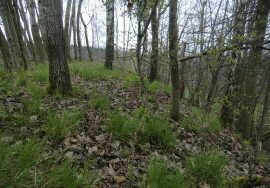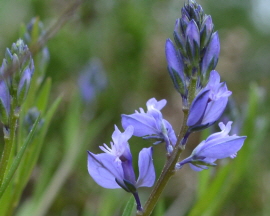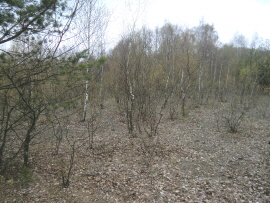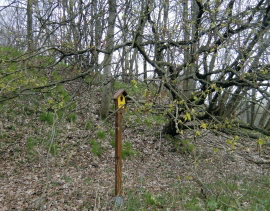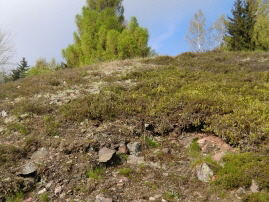The unusable stone quarried from mining adits, known as barren rock in mining parlance, was deposited close to the mines. Depending on how the stone was deposited, these spoil heaps are divided into heaps stabilised by some form of slope or bank, and free-standing cone heaps. But regardless of their shape, the abandoned heaps in the nature park have now developed into important habitats for plants and animals. The characteris-tics of the heaps can vary widely depending on the type of stones mined.

Bare ground biotopes such as disused heaps provide living conditions that are rarely found in our heavily used cultural landscape. Initially, types of plants that are specially adapted to bright, dry conditions with little nutrition establish themselves here. Cold-blooded reptiles also appreciate these sunny sites. Howev-er, the biotopes that develop are constantly changing. The process continues as seeds from pioneer tree species take root. Chief among these are birch trees. Over time, the falling leaves and other plant waste decay to form a layer of humus. This topsoil has the capacity to retain water, making it possible for other plant species to grow. Without human intervention, this natural development process will gradually result in the emergence of a species-rich forest. Many of the habitats that have developed on heaps are now protected natural areas.
A particular type of heap, known as tin placer heaps, result from separating tin deposits out of layers near the surface. Many streams were rerouted in order to supply the large quantities of water required for this process. During this process, known as placer mining (Seifen in German), entire areas were panned. The material washed out of the valuable deposits was moved and left in the landscape in the form of small heaps. Nowadays, mounds in the forest and place names such names as Seiffen and Seifenbach are re-minders of our ancestors’ activities.
